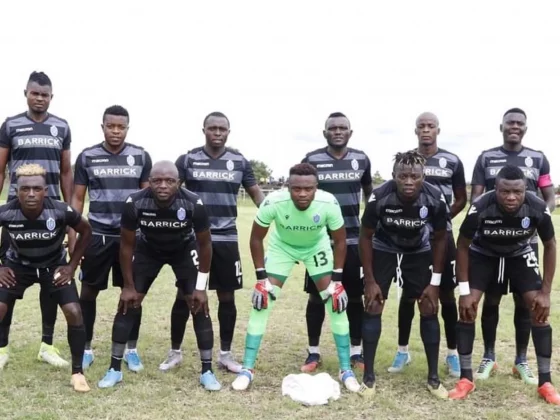BUUMBA CHIMBULU writes@SunZambianTHE African Development Bank (AfDB) estimates Africa’s infrastructure financing needs up to US$170 billion a year by
2025.
This is with an estimated financing gap of up to of US$68 to US$108 billion a year.Public and Private Partnerships (PPPs) are therefore seen as a key element in narrowing this gap by crowding in private sectorinvestment in infrastructure and AfDB is playing a critical role in scaling up that effort.This came to light during the virtual workshop held this month to discuss how the Bank can strengthen support for PPPs andchannel greater investment toward economic and social infrastructure.During the meeting, AfDB vice president, Solomon Quaynor, said before the Covid-19 pandemic, African infrastructure wasalready struggling to structure projects tailored for the private sector.At the same time, Mr Quaynor said, achieving value for money for the public sector including affordability for users.“It is therefore imperative that hybrid solutions such as PPPs must be seen and promoted as a way of building back better,stronger, greener, by clawing back private capital to infrastructure while creating much needed fiscal room for governments toaddress multiple other demands including building health systems’ resiliency,” he said.Amadou Oumarou, Director for the Bank’s Infrastructure and Urban Development department presented several rationales for theBank’s effort to develop a PPP framework, including its Ten-Year Strategy (2013-2022) and a recommendation from the Bank’sIndependent evaluation unit to scale up PPP interventions.The workshop took place against the backdrop of the ongoing Covid-19 pandemic and the ensuing economic slowdown, whichhas sharpened an already urgent need for investment.Five African countries accounted for more than 50 percent of all successful PPP activity from 2008 to 2018: South Africa,Morocco, Nigeria, Egypt and Ghana. Several other countries have multiple PPPs in the pipeline, Burkina Faso has 20, and
Botswana, eight.






